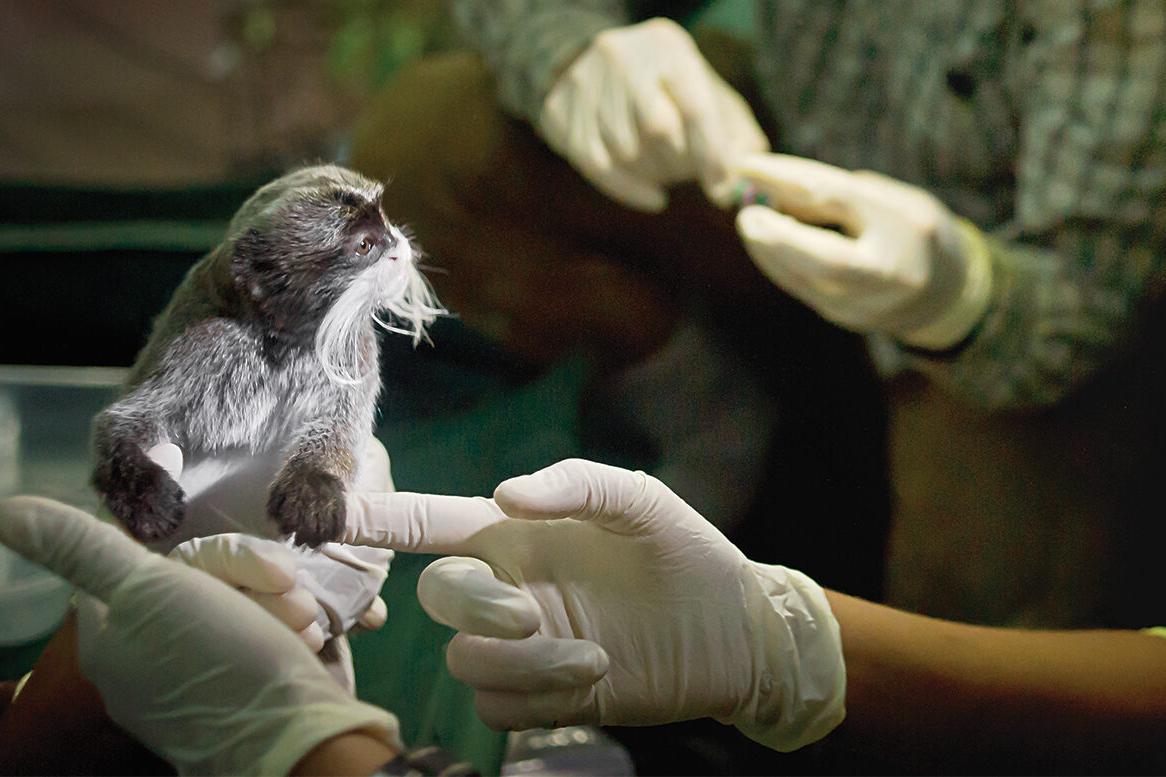
Biodiversity and Its Importance to a Healthy Ecosystem
Biodiversity is a broad, inclusive term that represents everything from the variety of microbes making your garden soil nutrient-rich to the flocks of birds waking you up every morning—and every plant, animal, and microbial life form in between. In its simplest form, it reflects a richness in numbers of distinct species in a region. It is common to hear that we need to protect biodiversity to protect our ecosystems—and therefore, our ability to stay healthy as a human population sharing habitats with wildlife. But have you thought about why? Why does it matter if you have 10 species of birds waking you up or just 1? And how do we measure how many species are out there and the impact they are making—especially in regions of the world where wildlife is elusive, and just opening your window curtain and counting the different sizes, colors, and shapes of birds is not an option?
The More, the Healthier
First, why support biodiversity? Diverse wildlife that fills different ecological niches, occupies links in a food chain, and fulfills seed-dispersal tasks are critical for healthy ecosystems. In turn, these ecosystems provide services to us efficiently, and at a cost our most advanced engineering and science can rarely compete with. These ecosystem services include fundamental needs, such as fresh water, clean air, plant pollination, and food; but also soil stability and such complex and valuable products as medicines and cosmetics.
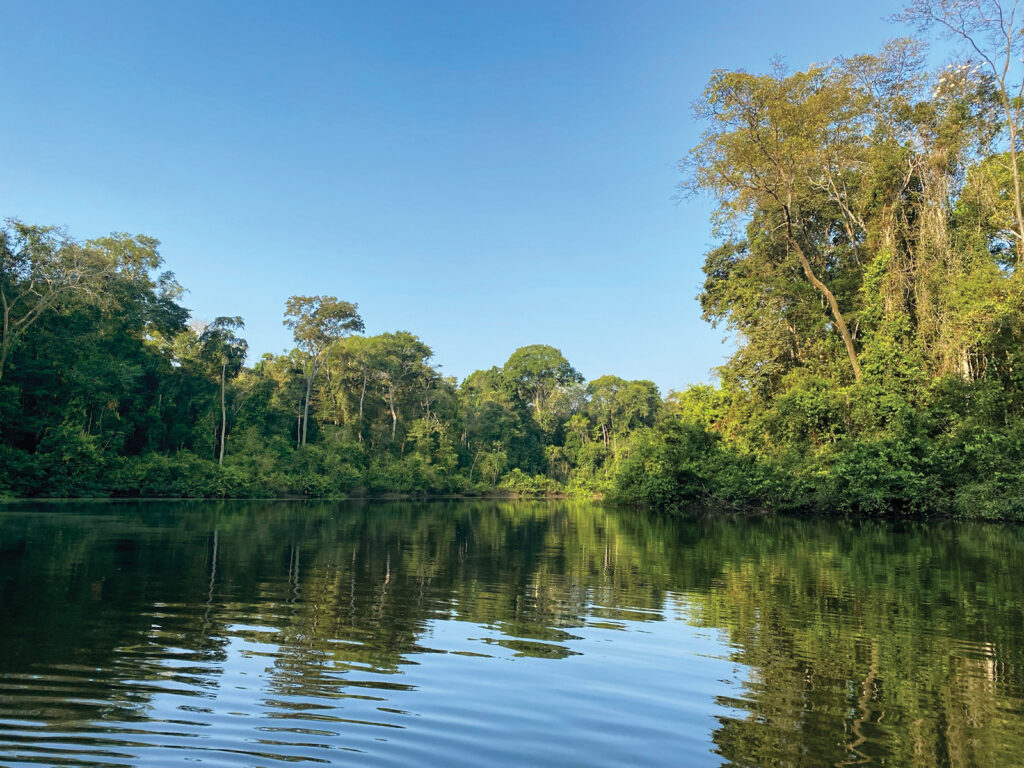
When we lose wildlife biodiversity, not only are these ecosystem services lost, but humans and wildlife are more heavily impacted by severe weather. We are also more at risk for economic instability, as resources like clean water disappear or become costly, and the indigenous cultures and identities that are bonded with these parts of nature can become damaged. In these scenarios, people and wildlife often come into close contact with each other, increasing the risks of sharing new diseases that each are unprepared to fight. So, while you might be okay if there are 5 species of birds in your neighborhood compared to the 10 there used to be, the drop in biodiversity is a signal the ecosystem is not as healthy as it once was; certain ecological services those missing birds might have once filled, like spreading the seeds of your favorite tree and providing clean air, are now gone.
The ISL Initiative
To better understand the current state of global biodiversity and ecosystem health in biodiversity hotspots around the world, we established the In Situ Laboratory (ISL) initiative. The ISL’s mission is to build up the ability for biodiversity monitoring, disease surveillance, wildlife health, and environmental contaminant testing—right at the source, where research takes place—by creating functional workspaces and laboratories. Ultimately, we are developing blueprints that scientists can use to apply to their research needs, regardless of habitat and existing facilities.
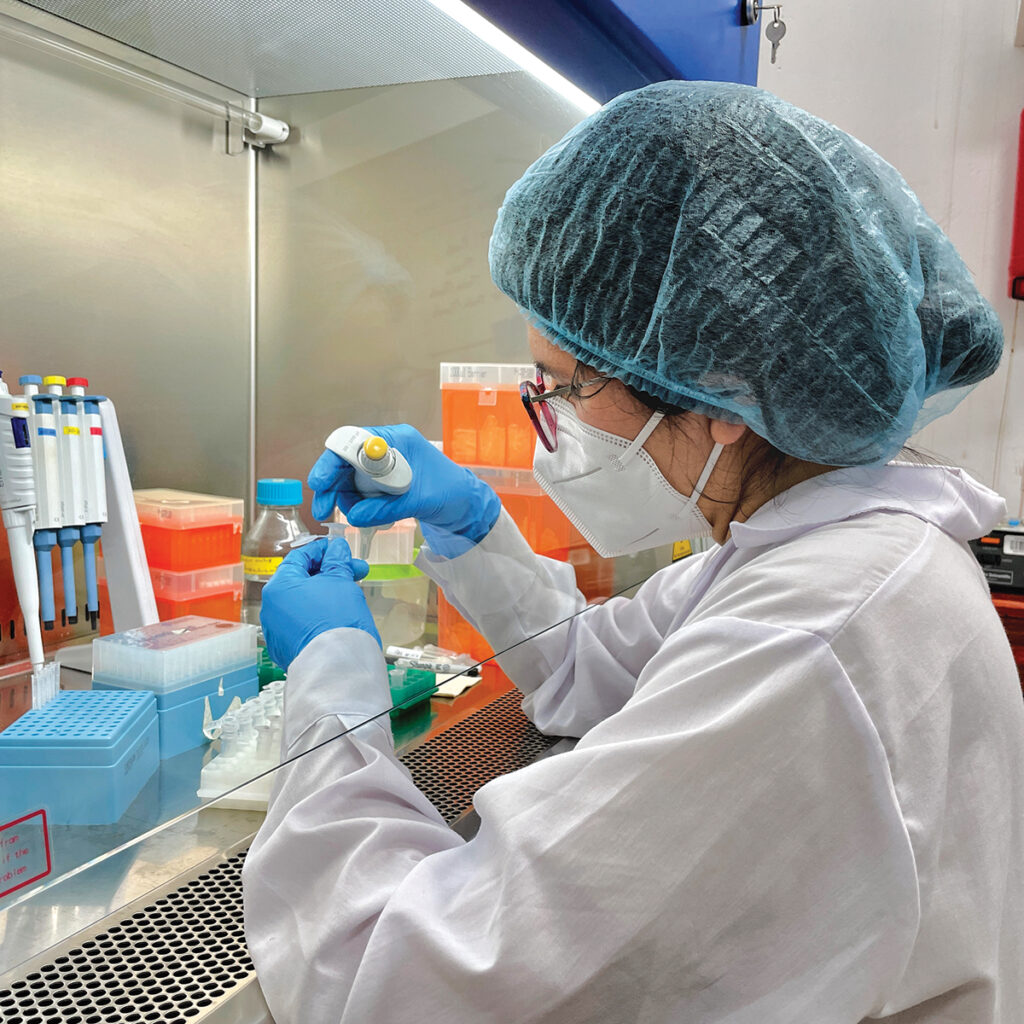
(Photo Credit | Jorge Mendoza-Silva)
This shift in paradigm—from the classic approach where samples are exported to a laboratory in a different country or a faraway city, to where the samples remain in the hands of in-country and regional scientists for processing and data analysis—improves our conservation science in several ways. First, the samples can be tested rapidly, with minimal handling and risk for contamination or degradation, significantly improving the quality of results and facilitating certain previously impossible analyses. Second, as these projects are developed, run, and completed in-country, research remains focused on the conservation challenges of that region, where local scientists can address and pivot the science as needed. This is critical. Countries in Southeast Asia, Africa, and Central and South America have the highest biodiversity and the largest burden of emerging infectious disease risk. Yet most of the world’s best targeted pathogen laboratories (called reference laboratories) are in Europe and North America. And third, this work enhances in-country capacity: scientists get specialized training, can train others, and can build new programs, so that one initiative has a ripple effect across the globe.
A Different Perspective
Now is the perfect time to dive into rethinking our approach to molecular, genomic, and toxicological methods for doing science. Compared to 10 years ago, we now have the ability to do science using hand-held devices for a fraction of the cost. Innovation is making complex and cutting-edge technology portable, affordable, and accessible the world over—and that drastically improves our chances to perform successful conservation science in the field.
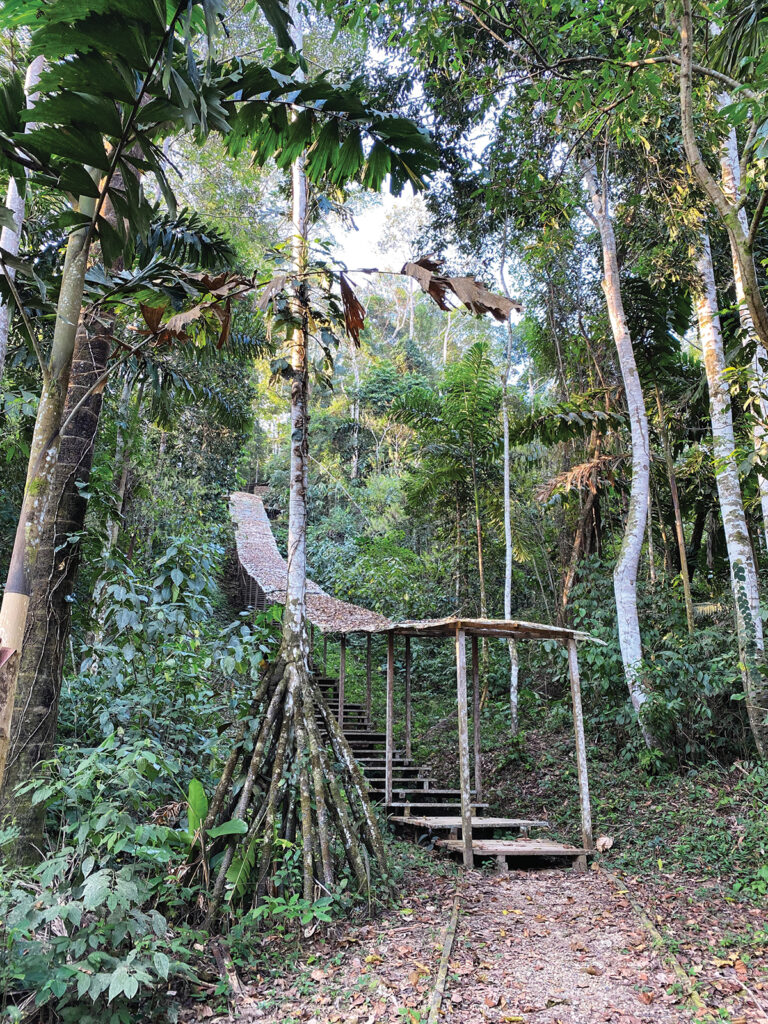
Our first ISL hub, the Wildlife Conservation Laboratory, is nestled in the southeastern Peruvian Amazon. Here, at the foothills of the Andes mountains is the 22-year-old Estación Biólogica Río Los Amigos (or Los Amigos Biological Station), one of many Peruvian stations operated by Conservación Amazónica. Mrinalini Erkenswick Watsa, Ph.D., a conservation scientist with San Diego Zoo Wildlife Alliance, has been studying emperor tamarins Saguinus imperator and saddleback tamarins Leontocebus weddelli at this site for over 12 years. In that time, she and her team have expanded their very successful mark-recapture program to include other nonhuman primate species, birds, bats, reptiles, amphibians, and small and medium-sized mammals. All of these individuals get health screenings, and minimally invasive samples are collected from them annually. Dr. Watsa cultivated a vision to increase the capacity of this biological station as a new type of field molecular laboratory, a vision that originated with Conservación Amazonica, and together, a plan to fund the ISL hub was hatched.
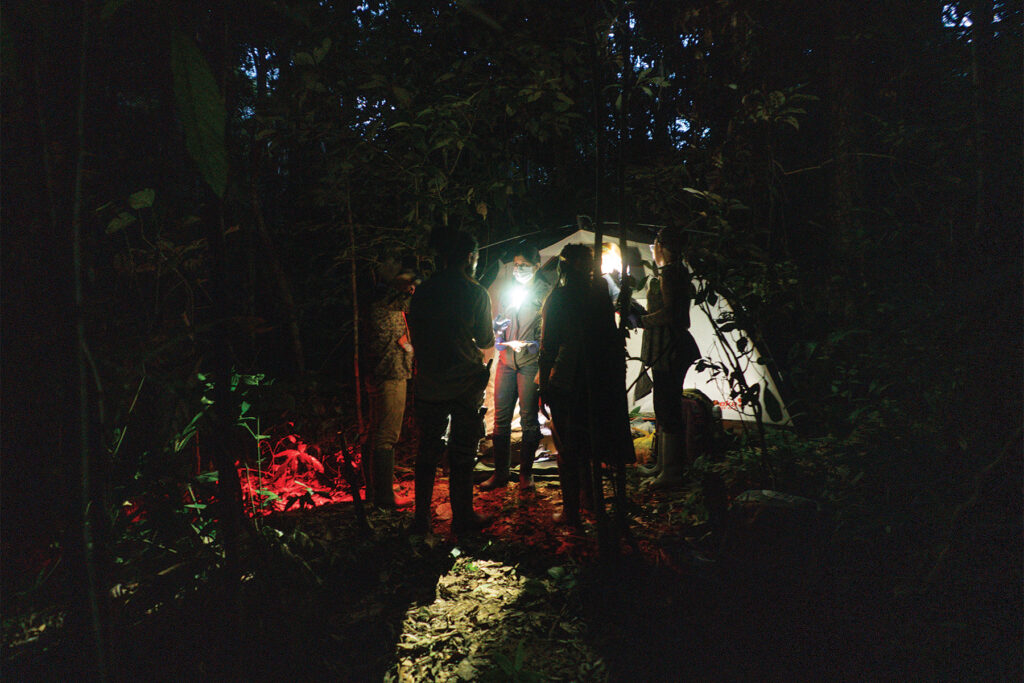
(Photo Credit | Ryan Peters)
The Gordon and Betty Moore Foundation stepped in to respond to this request, and in July 2021, during the height of the pandemic, our partners renovated the new Wildlife Conservation Laboratory into a solar-powered, air-conditioned, and sterile molecular laboratory staffed by three skilled Peruvian scientists. This space now has everything from -80, -20, and -4 degree Celsius freezers (critical for sample preservation) to a robot that loads solutions and samples into 96 well plates for high-throughput genomic testing. We’re able to store tissue samples across thousands of individuals and hundreds of species, and look at their DNA to determine exactly which wildlife—and which individual—a sample came from. This is exciting, as it means that we can now connect traces of DNA in the environment, such as from a footprint or hair sample, to DNA profiles of wildlife assessed in the long-term monitoring project. We can track both where and when samples were collected, providing us with a way to monitor wildlife without having to see them directly; critical for cryptic species such as the small-eared fox Atelocynus microtis or the tayra Eira barbara.
We can also look for certain pathogens, from bacteria to viruses to protozoa (such as malaria), that wildlife might carry, to start to understand what is normal for these neotropical species, and which pathogens might suggest they are sick. Taking this a step further, we can sequence whole individual or pathogen genomes to understand how individual pathogens are related between various host species in the same environment.
Mercury Rising
As we monitor biodiversity and pathogen ecology across species, we need to keep in mind local environmental threats to wildlife health. Artisanal or small-scale gold mining is pervasive in the region protected by Conservación Amazonica. This practice often uses mercury to bind the flecks of gold in Amazon River silt into an amalgam that, when burned, leaves pure gold. It also releases mercury that moves through the air, traveling vast distances before it deposits into the forests, sometimes up to two years later. In thick biodiverse jungles, mercury accumulates in wildlife. As one predator eats another, the amount of mercury increases as you go up the food chain, and soon there is a high risk of wildlife becoming poisoned or having critically impaired reproduction. Testing mercury levels in wildlife side-by-side with pathogen surveillance is critical to get a holistic view of their ability to thrive in their environment, so that as we evaluate the health of Amazonian wildlife, we can take into consideration whether their mercury burden is making them susceptible to infectious disease.
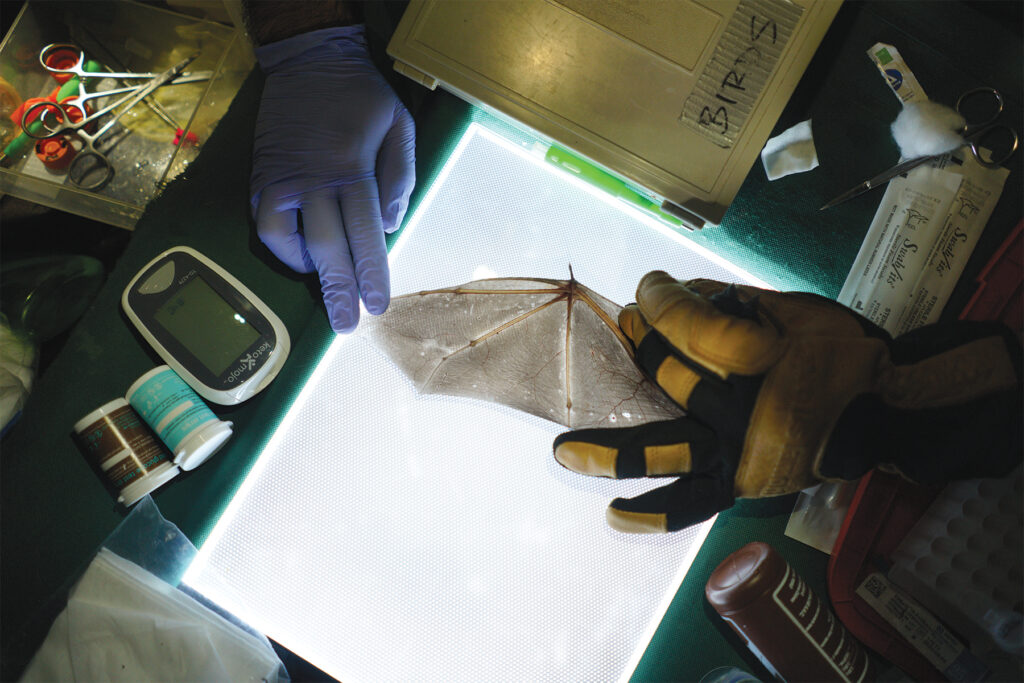
(Photo Credit | Ryan Peters)
This layered approach—biodiversity monitoring, disease surveillance, wildlife health, and toxicology—adds new dimensions to more traditional and rapidly advancing conservation wildlife monitoring programs. Thus, we can supplement data from field cameras, GPS collars, and acoustic monitoring. We are beginning to weave together a story of how a diversity of wildlife moves through the environment and contributes to the ecosystem services we need to survive. And most importantly, we can use this as a blueprint to respond when biodiversity conservation faces challenges—such as deforestation, gold mining, or illegal wildlife trade—and communities need to decide the best approach to ensure a sustainable future where all life thrives.
Discover how you’re making a difference for biodiversity in this region through our Amazonia Conservation Hub.
(Top image photo credit: Ishaan Raghunandan, TRAK TFRC)




